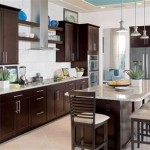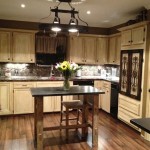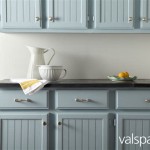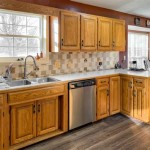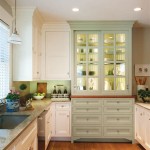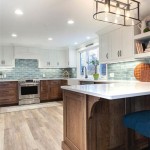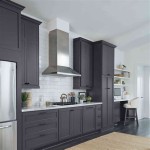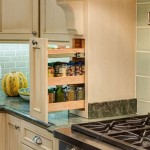Essential Aspects of Blind Corner Unit Kitchen Cabinets
Blind corner unit kitchen cabinets provide a practical solution for utilizing otherwise inaccessible spaces. These specialized cabinets grant access to challenging areas, maximizing storage and enhancing the functionality of your kitchen.
When selecting blind corner unit cabinets, consider the following essential aspects:
1. Access Mechanisms
There are two primary access mechanisms for blind corner units: the lazy Susan and swing-out shelves. Lazy Susans feature a rotating turntable, providing panoramic access to items stored within. Swing-out shelves, on the other hand, pivot on hinges and extend outwards, allowing for easy retrieval of items.
Choose an access mechanism based on your kitchen layout and personal preferences. If you prioritize maximum visibility, a lazy Susan may be suitable. If you value ease of access, swing-out shelves offer convenient reach.
2. Storage Capacity
Determine the necessary storage capacity to accommodate your kitchen essentials. Blind corner units typically come in various sizes, from compact options to expansive solutions. Assess your storage needs to make an informed decision.
Consider the items you intend to store in the blind corner unit. If you plan to store large pots or bulky kitchenware, opt for a larger unit. For smaller items, a more compact design may suffice.
3. Material and Finish
The material and finish of the blind corner unit should complement the overall kitchen design. Popular choices include wood, laminate, and metal. Each material offers distinct aesthetic qualities and durability levels.
For a timeless and classic look, wood cabinets are an excellent choice. Laminate provides a budget-friendly option with a wide range of color and texture options. Metal cabinets offer a sleek and modern touch, perfect for contemporary kitchens.
4. Corner Angle
The angle of the blind corner is an important consideration. Standard blind corner units have a 90-degree angle, but there are also options for 45-degree and 135-degree angles.
The ideal angle depends on the layout of your kitchen and the adjacent cabinets. A 45-degree angle can create a more ergonomic and accessible space, while a 135-degree angle may provide more storage capacity.
5. Installation Complexity
Blind corner unit cabinets can be more complex to install than standard cabinets. It is recommended to consult with a professional installer to ensure proper alignment and functionality.
If you are confident in your DIY skills, carefully follow the manufacturer's instructions and use the appropriate tools and materials. Remember to test the access mechanism and storage capacity before completing the installation.

Corner Cabinet Storage Shelfgenie

Blind Corner Cabinets Step By Guide On How To Install

Blind Corner Accessories Info

Blind Corner Cabinets Step By Guide On How To Install

Kitchen Cabinet Design Base Units Ideas S Blind Corner Unit

The Best Corner Cabinets For A Kitchen Remodel

Kitchen Cabinets New Solutions For Blind Corners Of The Desert

A Neutral Kitchen With Lazy Susan Cabinet That Features Folding Door Is One O Organization Layout Corner

Corner Cabinet Storage Shelfgenie

Creative Blind Corner Kitchen Cabinet Ideas For More Storage Housing News

